Exploring the unknown: NASA's UVEX Mission to reveal how galaxies, stars evolve
- NASA's UVEX mission aims to survey ultraviolet light across the entire sky and identify sources how galaxies, stars evolve.
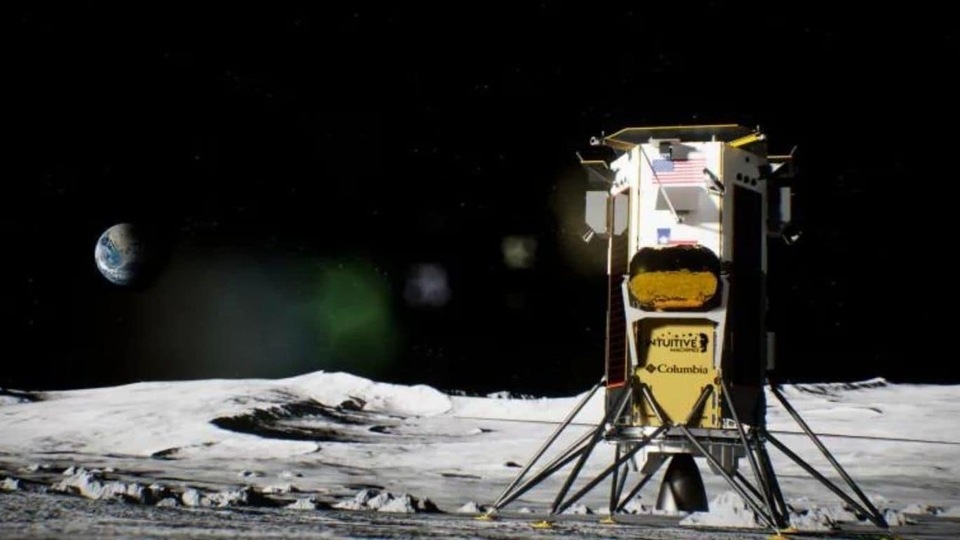
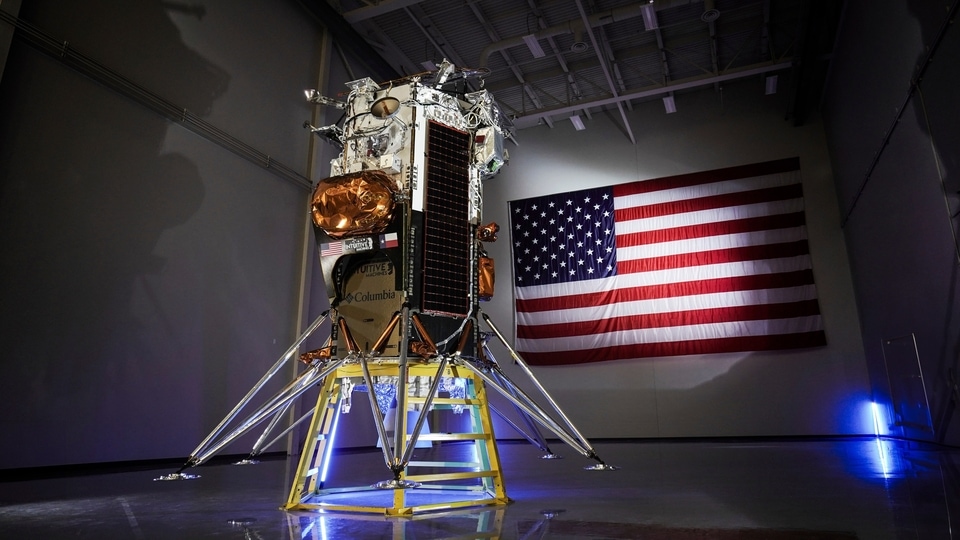
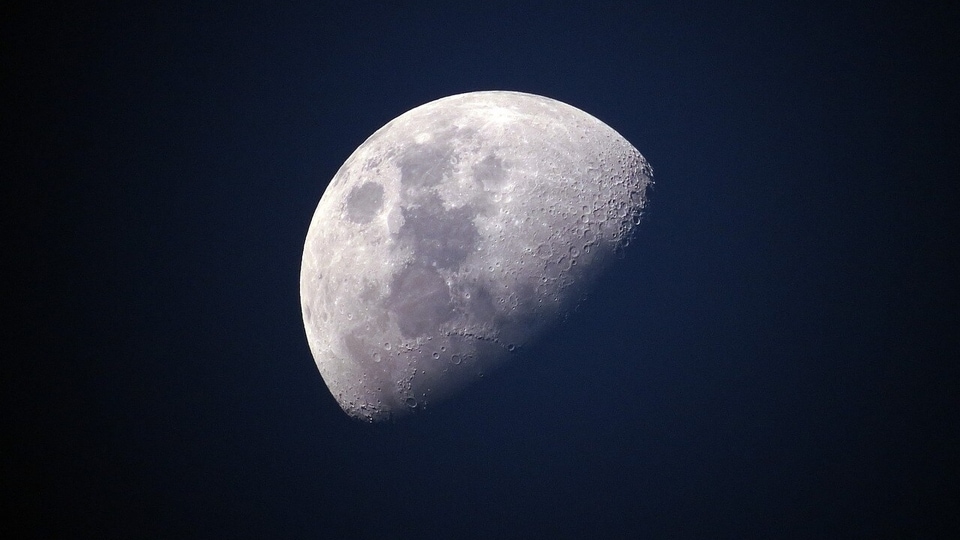
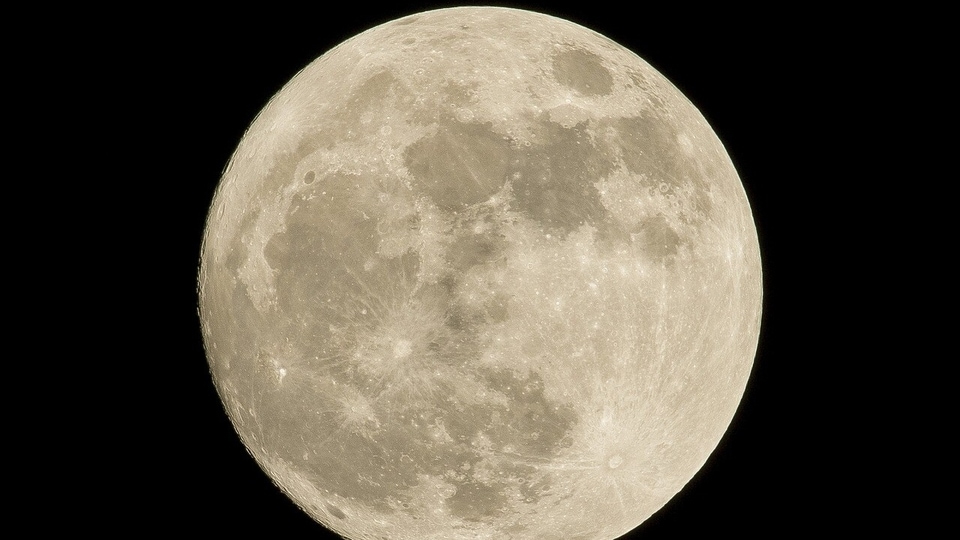
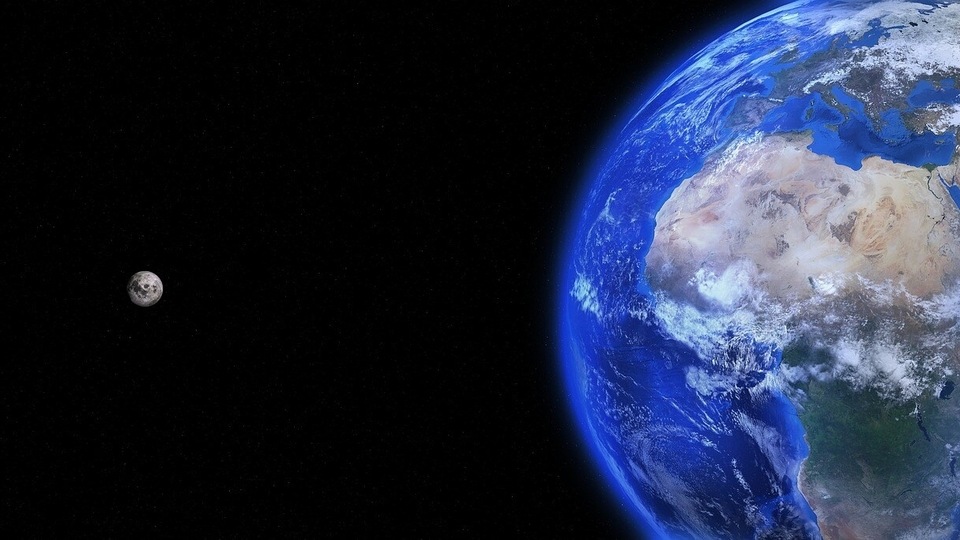

 View all Images
View all ImagesNASA is constantly pushing the limits, venturing into the unknown realms of air and space. Their most recent project, the UVEX mission (UltraViolet EXplorer), scheduled for launch in 2030, promises to shed more light on the mysteries of galaxy and star evolution. UVEX's primary mission is to conduct a comprehensive survey of ultraviolet light across the entire sky. But it doesn't stop there. Equipped with advanced technology, the telescope can quickly identify sources of UV radiation in the universe. This capacity is critical for observing events such as the aftermath of gravitational wave-induced neutron star mergers.
Moreover, UVEX will house an ultraviolet spectrograph, enhancing its ability to study phenomena such as stellar explosions and the behavior of massive stars. NASA's assistant administrator for the Science Mission Directorate, Nicola Fox, underlines the importance of UVEX in uncovering the mysteries of both close and distant galaxies, as well as dynamic events in our ever-changing cosmos.
UVEX's ultraviolet survey will complement data gathered by other missions, such as ESA's Euclid and NASA's Nancy Grace Roman Space Telescope, set to launch by 2027. Together, these missions will provide a complete multi-wavelength picture of the cosmos.
Mark Clampin, director of NASA's Astrophysics Division, emphasizes the importance of UVEX in contributing to our understanding of the cosmos across various wavelengths. The mission's selection, following a comprehensive study and review, highlights its importance in tackling critical astrophysical goals.
Led by principal investigator Fiona Harrison at Caltech, UVEX will involve collaboration with institutions like the University of California at Berkeley, Northrop Grumman, and the Space Dynamics Laboratory. UVEX, with an estimated cost of $300 million minus launch costs, is expected to be a beneficial addition to NASA's space exploration mission portfolio.
The Explorers Program, NASA's oldest continuous program, facilitates low-cost access to space for principal investigator-led space science investigations. Since its start in 1958, the program has undertaken more than 90 missions, including pioneering efforts such as Explorer 1, which found Earth's radiation belts.
Managed by NASA's Goddard Space Flight Center, the Explorers Program continues to drive scientific exploration across various domains, from Earth studies to the mysteries of the universe itself. UVEX is another step ahead in humanity's attempt to understand the universe.
Also, read these top stories today:
Sam Altman says he does not like ChatGPT name! Calls it horrible. So, if you are entering the world of AI, make sure you name your chatbot properly. Some interesting details in this article. Check it out here. If you enjoyed reading this article, please forward it to your friends and family.
Much relief for Apple and Microsoft! Apple Inc.'s iMessage and Microsoft Corp.'s Bing search engine, Edge web browser and Advertising service will avoid strict new European Union rules. Yes, they have escaped the crackdown on Big Tech in EU. Know what it was all about here.
Scores app: What's more important: Overall compatibility and happiness or finding a spouse who can match your income? Read all about it here. If you enjoyed reading this article, please forward it to your friends and family.
Catch all the Latest Tech News, Mobile News, Laptop News, Gaming news, Wearables News , How To News, also keep up with us on Whatsapp channel,Twitter, Facebook, Google News, and Instagram. For our latest videos, subscribe to our YouTube channel.





























